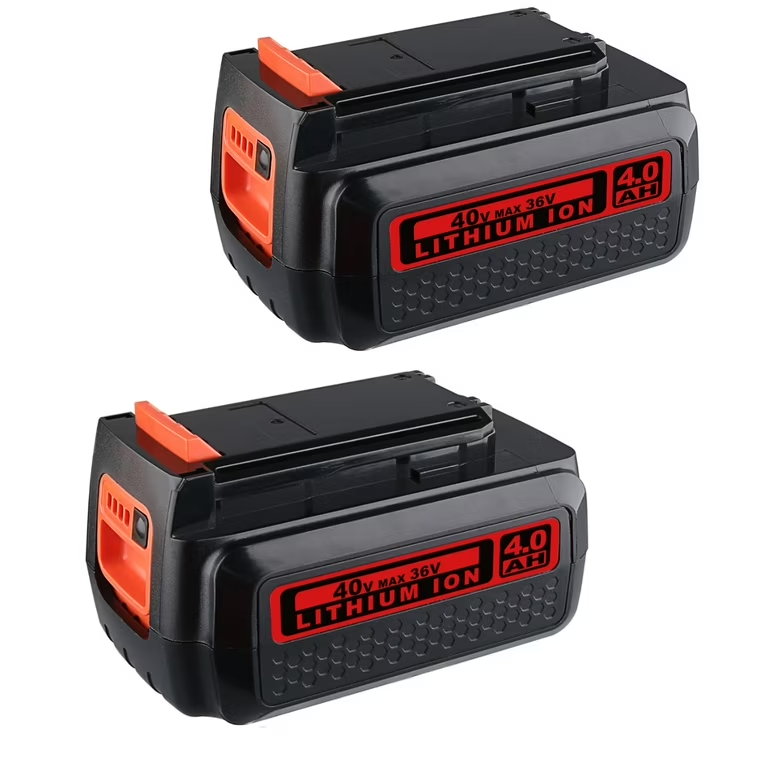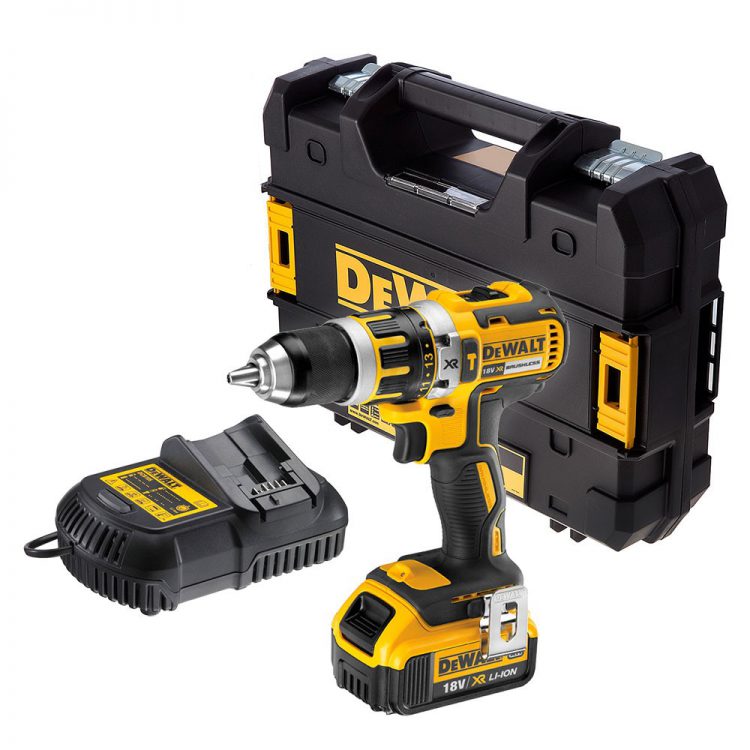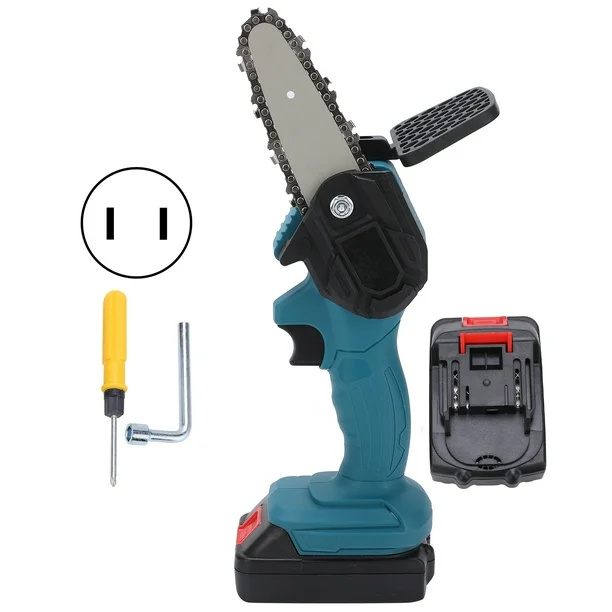
Mini Chainsaw Revolution: Compact Power for Modern Users
The Rise of Mini Chainsaws: Power Meets Portability
In an age where efficiency and convenience reign supreme, the mini chainsaw has emerged as an essential tool for both professional landscapers and DIY enthusiasts alike. Gone are the days when hefty, traditional chainsaws dominated the market, often leaving users fatigued and overwhelmed. The mini chainsaw revolutionizes the game by combining power and portability, making it a go-to choice for varied applications—from pruning branches in your garden to tackling small firewood for a cozy evening by the hearth.
Imagine effortlessly buzzing through overgrown shrubs, trimming trees with precision, or clearing debris after a storm—all without the back-breaking labor or cumbersome equipment! Mini chainsaws are designed to be lightweight, easy to maneuver, and equipped with powerful engines that enable efficient cutting. Their compact size means you can easily store them in small spaces, and they’re often battery-operated, allowing for cordless operation that enhances mobility in any setting.
As we delve deeper into the world of mini chainsaws, you’ll discover not only their practical features but also the smart technology and safety measures that come with them. Many models boast safety switches, automatic oilers, and ergonomic grips to ensure a seamless and secure cutting experience. Whether you’re a seasoned professional or a novice just stepping into the realm of outdoor tools, mini chainsaws offer unparalleled versatility and performance that can transform your landscaping and home improvement projects.
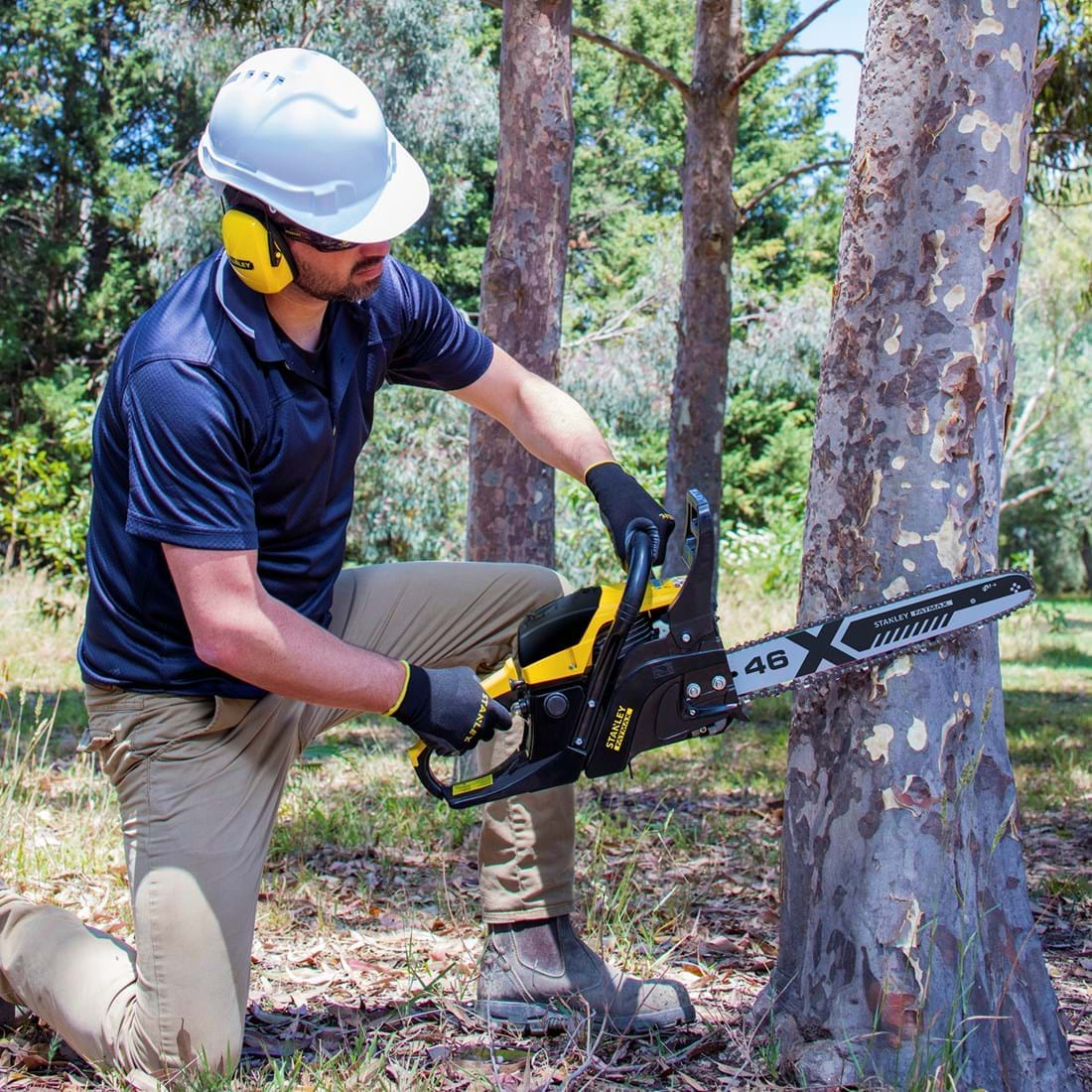
Historical Development of Cutting Tools
Ancient civilizations developed primitive cutting tools using stone and metal blades. Subsequently, hand-powered saws emerged as critical tools for woodworking and construction. Meanwhile, manual sawing techniques required significant physical strength and precision. Furthermore, industrial revolutions transformed cutting tool manufacturing through mechanized processes. Additionally, early mechanical saws introduced powered cutting capabilities for various industries. Throughout history, craftsmen sought more efficient and portable cutting solutions.
Moreover, technological innovations drove continuous improvements in cutting tool design. Consequently, engineers explored lightweight and compact saw technologies. Similarly, material science advanced blade and motor development for enhanced performance. Meanwhile, woodworking professionals demanded more versatile cutting instruments. Subsequently, manufacturers began developing smaller, more maneuverable chainsaw designs. Throughout different industries, compact cutting tools gained increasing popularity. Additionally, consumer markets showed growing interest in portable power tools. Moreover, technological breakthroughs enabled miniaturization of complex mechanical systems. Furthermore, specialized applications drove demand for smaller cutting instruments.
Technological Innovations in Mini Chainsaws
Battery technology revolutionized mini chainsaw design and performance capabilities. Subsequently, lithium-ion batteries provided extended runtime for cordless models. Meanwhile, brushless motor technologies improved energy efficiency and durability. Furthermore, ergonomic designs reduced user fatigue during extended cutting operations. Additionally, advanced safety features protected users from potential accidents. Throughout product development, manufacturers focused on reducing overall tool weight. Moreover, compact designs enabled easier handling in tight spaces.
Consequently, engineers developed specialized blade configurations for different cutting tasks. Similarly, vibration reduction technologies improved user comfort and control. Meanwhile, digital interfaces allowed precise power management and monitoring. Subsequently, smart sensors enhanced overall tool performance and reliability. Throughout industries, mini chainsaws became increasingly versatile cutting solutions. Additionally, wireless connectivity enabled remote diagnostics and maintenance tracking. Moreover, modular design concepts allowed easier component replacement. Furthermore, advanced materials reduced overall tool weight.
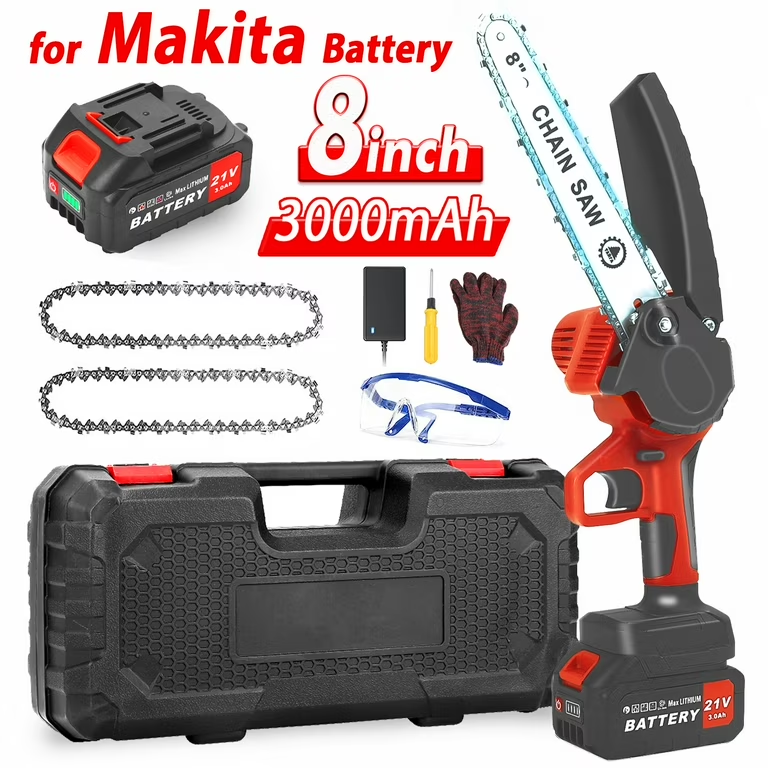
Professional and Consumer Applications
Landscaping professionals utilize mini chainsaws for precise pruning and trimming. Subsequently, garden maintenance teams appreciate compact tool designs. Meanwhile, arborists employ mini chainsaws for delicate branch removal. Furthermore, construction workers use these tools for quick material cutting. Additionally, homeowners find mini chainsaws useful for DIY projects. Throughout different sectors, compact cutting tools provide specialized solutions. Moreover, emergency response teams rely on mini chainsaws for rescue operations. Consequently, forestry management requires versatile cutting instruments for various tasks.
Similarly, agricultural workers use mini chainsaws for crop management. Meanwhile, urban gardeners appreciate lightweight cutting tools for limited spaces. Subsequently, hobby woodworkers explore creative projects with compact saws. Throughout different markets, mini chainsaws serve diverse cutting needs. Additionally, professional craftsmen value precision and portability. Moreover, specialized industries develop unique mini chainsaw applications. Furthermore, manufacturers continue expanding tool capabilities.
Safety and Performance Considerations
Manufacturers incorporate multiple safety features in modern mini chainsaw designs. Subsequently, automatic chain braking prevents potential accident risks. Meanwhile, protective guards shield users from potential blade contact. Furthermore, ergonomic handles reduce strain during extended cutting operations. Additionally, advanced motor protection systems prevent overheating and damage. Throughout product development, safety remains a primary design consideration. Moreover, certification standards ensure rigorous performance and safety testing.
Consequently, training programs educate users about proper tool operation. Similarly, protective gear recommendations accompany mini chainsaw purchases. Meanwhile, digital interfaces provide real-time safety monitoring capabilities. Subsequently, intelligent sensors detect potential operational anomalies. Throughout industries, comprehensive safety protocols guide tool usage. Additionally, manufacturer guidelines establish clear operational parameters. Moreover, ongoing research improves overall tool safety. Furthermore, regulatory agencies enforce strict safety standards.
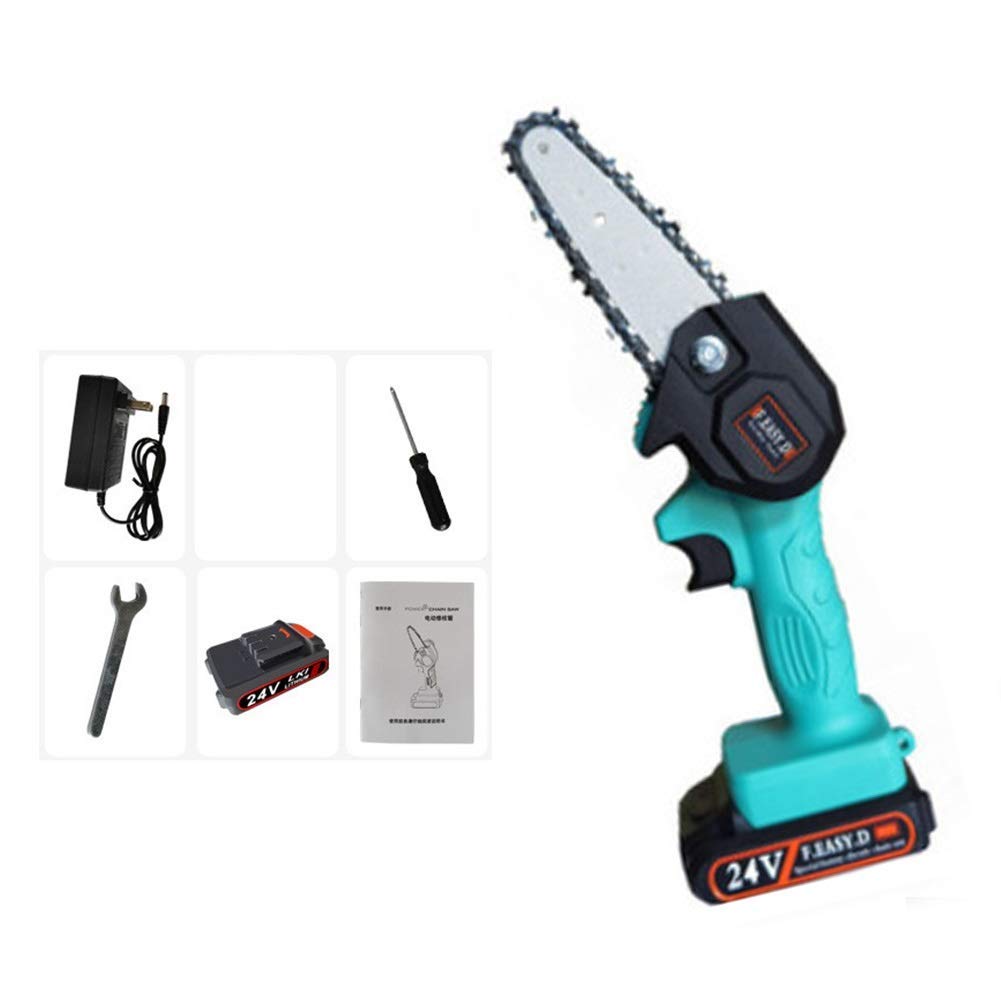
Environmental and Sustainability Factors
Electric mini chainsaws reduce carbon emissions compared to traditional gas models. Subsequently, battery technology enables more sustainable cutting solutions. Meanwhile, renewable energy sources support eco-friendly manufacturing processes. Furthermore, recyclable materials reduce environmental impact during production. Additionally, energy-efficient designs minimize overall power consumption. Throughout manufacturing, sustainability becomes increasingly important for tool development. Moreover, companies invest in green production technologies. Consequently, circular economy principles guide product design strategies.
Similarly, responsible sourcing of materials gains importance. Meanwhile, manufacturers explore biodegradable component alternatives. Subsequently, life cycle assessments evaluate environmental impacts. Throughout industries, sustainability drives technological innovation. Additionally, consumers prioritize environmentally responsible product choices. Moreover, government regulations encourage sustainable manufacturing practices. Furthermore, research continues developing greener technologies.
Global Market Trends and Dynamics
International markets show increasing demand for compact cutting tools. Subsequently, emerging economies drive mini chainsaw technological development. Meanwhile, regional variations influence specific product design requirements. Furthermore, global supply chains enable faster technology transfer. Additionally, economic factors impact mini chainsaw market growth. Throughout different regions, technological adoption varies significantly. Moreover, competitive landscapes push continuous product improvement. Consequently, manufacturers develop region-specific product variations. Similarly, trade policies affect international tool distribution.
Meanwhile, economic indicators influence consumer purchasing behavior. Subsequently, emerging markets create new opportunities. Throughout industries, globalization transforms tool development strategies. Additionally, cross-border collaborations accelerate technological innovation. Moreover, economic trends shape market dynamics. Furthermore, consumer preferences drive product evolution.
Future Technological Developments
Advanced research laboratories explore cutting-edge mini chainsaw technologies. Subsequently, artificial intelligence enables smarter tool performance monitoring. Meanwhile, nanotechnology promises revolutionary material development capabilities. Furthermore, machine learning improves predictive maintenance systems. Additionally, advanced sensor technologies enhance operational capabilities. Throughout research, interdisciplinary approaches drive technological innovation. Moreover, collaborative development accelerates technological breakthroughs.
Consequently, emerging technologies transform cutting tool design. Similarly, computational modeling enables faster product development. Meanwhile, quantum computing promises unprecedented design capabilities. Subsequently, innovative materials revolutionize tool construction. Throughout industries, technological convergence creates new possibilities. Additionally, cross-sector research generates unique solutions. Moreover, funding supports advanced technological exploration. Furthermore, global innovation networks collaborate.
Cultural and Societal Impact
Mini chainsaws transform professional and personal cutting experiences. Subsequently, technological accessibility democratizes specialized tool usage. Meanwhile, skill barriers decrease through user-friendly designs. Furthermore, educational programs promote safe tool operation. Additionally, cultural attitudes toward DIY projects evolve. Throughout societies, technological empowerment becomes increasingly important. Moreover, skill-sharing platforms spread knowledge about tool usage. Consequently, community workshops provide training opportunities.
Similarly, online resources support user skill development. Meanwhile, social media platforms showcase creative applications. Subsequently, global communities share innovative usage techniques. Throughout different cultures, tool usage reflects societal changes. Additionally, generational perspectives influence technology adoption. Moreover, educational systems integrate practical skill training. Furthermore, technological literacy becomes increasingly valuable.
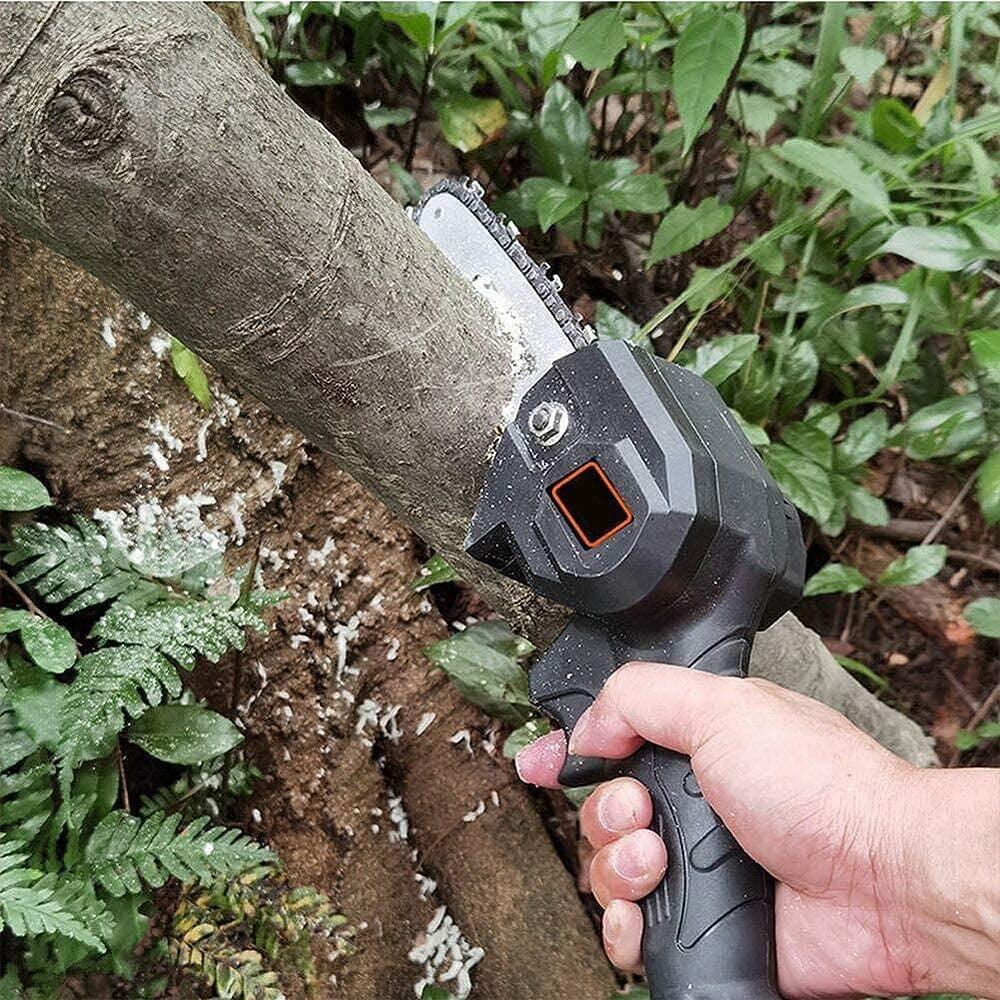
Emerging Global Opportunities
International markets present diverse opportunities for mini chainsaw technologies. Subsequently, developing regions require specialized cutting solutions. Meanwhile, infrastructure development drives tool demand. Furthermore, agricultural sectors explore innovative cutting technologies. Additionally, emergency response teams require versatile tools. Throughout different industries, specialized applications emerge. Moreover, technological convergence creates unique market opportunities. Consequently, economic factors influence tool development.
Similarly, regulatory environments shape product design. Meanwhile, consumer preferences drive market trends. Subsequently, global supply chains enable rapid innovation. Throughout regions, technological adoption varies. Additionally, economic indicators impact market dynamics. Moreover, collaborative research accelerates technological development. Furthermore, emerging markets create new possibilities.
Conclusion
In conclusion, the mini chainsaw has emerged as a game-changer for both amateur gardeners and professional landscapers alike. Its lightweight design, user-friendly features, and impressive cutting power make it an essential tool for tackling a variety of outdoor projects. Whether you’re trimming branches, clearing brush, or shaping hedges, the mini chainsaw provides an efficient and effective solution that reduces the physical strain often associated with traditional chainsaws.
One of the primary advantages of the mini chainsaw is its versatility. These compact tools can easily maneuver in tight spaces, allowing users to reach branches and bushes that larger saws simply cannot handle. This makes them ideal for urban gardening and maintaining smaller properties, where precision and control are key. Furthermore, most models come equipped with safety features such as chain brakes and protective guards, instilling confidence in both novice and experienced users.
Additionally, the rise of battery-powered mini chainsaws offers an environmentally friendly alternative, eliminating the need for gas and reducing emissions. With advances in battery technology, these saws now deliver longer run times and faster charging, making them as reliable as their gasoline counterparts.
As you explore the world of landscaping and gardening, investing in a mini chainsaw can undoubtedly enhance your experience. It not only makes your tasks quicker and easier but also inspires creativity in how you manage your outdoor spaces. Whether you’re looking to maintain the aesthetic of your garden or take on more ambitious landscaping projects, a mini chainsaw is a worthy companion. Embrace the convenience and efficiency it offers; your landscaping efforts will thank you for it!
